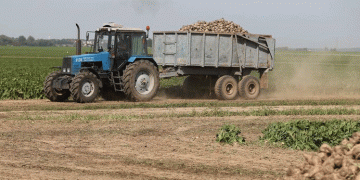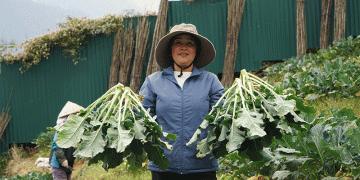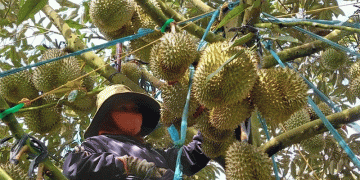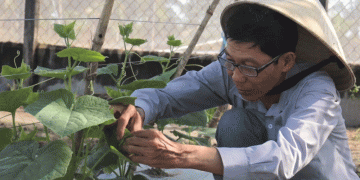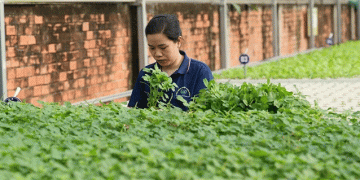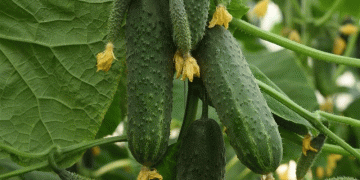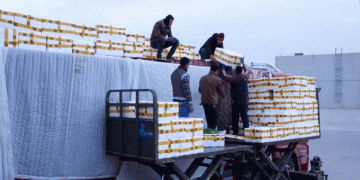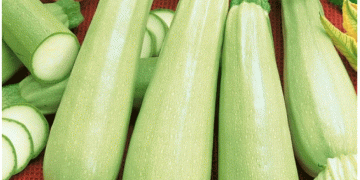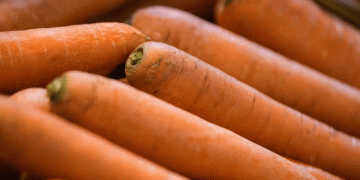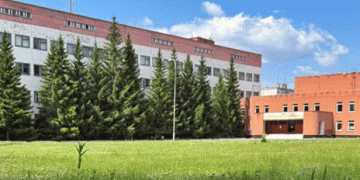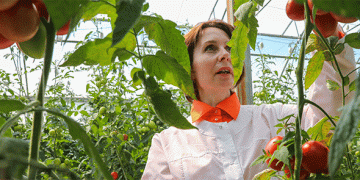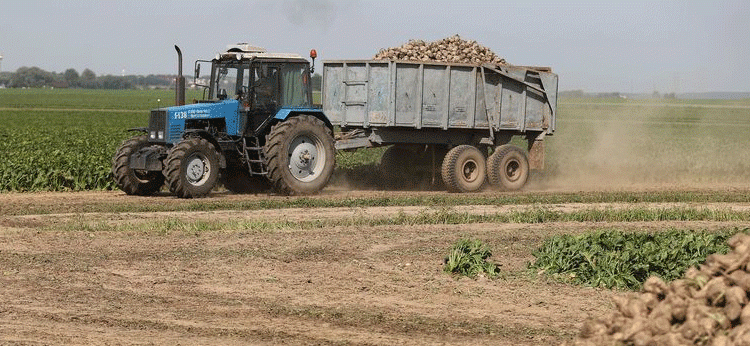In the high-stakes race of sugar beet harvesting, timing is everything. SPK “Progress-Vertelishki” in Belarus’s Grodno region offers a textbook example of operational excellence, having commenced harvest on August 20th immediately after completing their grain campaign. This seamless transition, coordinated with an early reception start at the Skidel sugar factory, is a critical strategy to maximize sucrose retention and processing efficiency. With 580 hectares to harvest, the farm’s early yield data of 680 centners per hectare (68 t/ha) at a strong 15.3% sugar content provides a promising foundation, with projections aiming for an exceptional 900 c/ha (90 t/ha) by late September.
The Logistics of a Rhythmic Harvest
The farm’s operation is a model of lean logistics. The deployment of just two beet harvesters and three tractors for hauling creates a streamlined, efficient workflow. The root crop is transported directly to field-side clamps, from where it is shipped to the factory according to a precise intake schedule. This “just-in-time” approach minimizes root deterioration and sugar loss in the field. The ability of a team of only five skilled operators to manage this process highlights the immense productivity achievable with modern, high-capacity machinery and experienced personnel. This aligns with global trends where the focus has shifted from sheer manpower to mechanization efficiency and logistical precision to reduce post-harvest losses.
The Human Factor: Experience and Stability as Assets
A standout element of Progress-Vertelishki’s success is its investment in human capital. The deputy chairman’s emphasis on naming each operator is symbolic of a culture that values skilled labor. The experience of combine operator Gennady Radevich, with 32 years at the farm, is a tremendous asset. Such long-term expertise translates into better machine management, higher field efficiency, and an intuitive understanding of crop conditions. This stability is reinforced by the farm’s social contract—providing good wages and housing—which fosters loyalty and reduces turnover, ensuring that critical operational knowledge is retained within the business.
Looking Beyond Harvest: Strategic Crop Rotation for System Resilience
The farm’s planning extends beyond the current harvest. The post-beet strategy involves sowing an intercrop of winter rye for animal feed, to be harvested in May, followed by corn. This system effectively captures two harvests from the same field within one year, maximizing land use efficiency and providing valuable homegrown forage for the livestock unit. This integrated, crop-livestock approach enhances overall farm resilience, recycling nutrients and diversifying revenue streams, a practice increasingly advocated for in sustainable intensive farming models.
The harvest at SPK “Progress-Vertelishki” is more than a seasonal operation; it is a demonstration of a highly optimized and resilient agricultural system. Their success is built on three pillars: logistical precision in synchronizing harvest with factory intake, technological adoption through efficient machinery, and human capital investment in a stable, skilled workforce. The ambitious yield projection of 90 t/ha is a testament to their expert crop management. Furthermore, the well-planned crop rotation underscores a holistic approach to farm management that values soil use and livestock integration. For other producers, this case study highlights that achieving top-tier yields and profitability requires excellence not just in agronomy, but in the entire operational chain—from the field to the factory gate and beyond.
